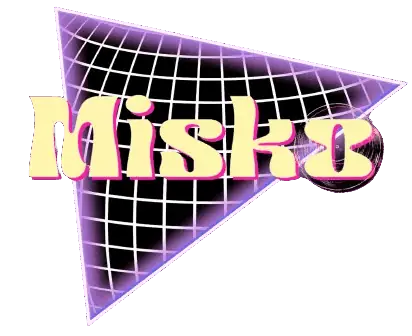Imagine glittering dance floors, dreamy synth melodies, and a romantic touch floating through the air: that’s what Italo Disco is all about. Born in Europe and beloved by people worldwide, Italo Disco is a genre that blends infectious rhythms with electronic elegance. It may have never really topped U.S. charts, but the genre as a whole has quite build up status.
For DJs, especially those spinning vinyl, Italo Disco is a goldmine of overlooked gems and full of nostalgia. And for music lovers, it’s a genre where artists experimented with drum machines for the first time. Nowadays, the genre is making quite big comeback with major DJ’s playing it at festivals and clubs.
How Italo Disco Emerged (Late 1970s – Early 1980s)
As American disco began to fade away in the late ’70s, Europe, especially Italy and Germany, stepped in to fill the void. With synthesizers becoming more affordable and drum machines like the Roland TR-808 entering the market, a new kind of dance music began to take shape. What drum machines allowed you to do was creating analog drum sounds, without actually using an instrument.
Producers like Giorgio Moroder (though more rooted in synthpop and Hi-NRG) inspired a wave of Italian musicians who began crafting electronic dance music with dreamy vocals and melodic hooks. This was the birth of Italo Disco.
Standout early tracks:
- Kano – I’m Ready
- Gary Low – You Are A Danger
- Gino Soccio – Remember
These tracks established the vibe: a lot more synth was used and it sounded more futuristic than Disco
Want to discover more Italo Disco songs? Check out my set fully dedicated to Italo Disco Classics below.
The Golden Era of Italo Disco (1982–1986)
By the early 80s, Italo Disco had carved out its identity. The genre flourished between 1982 and 1986, pumping out releases at a breathtaking pace.
Key Artists:
- Gazebo – Masterpiece, I Like Chopin
- Koto – Jabdah, Visitors
- Ken Laszlo – Hey Hey Guy, Tonight
- Savage – Don’t Cry Tonight
- Gary Low – I Want You
Iconic Labels:
- Baby Records (Italy)
- ZYX Music (Germany) – instrumental in spreading Italo to global markets
Global Reach:
While it started in Italy, Italo Disco was especially embraced in Germany, Spain, and Japan. People from all around the world connected with its distinct European flavor and escapist spirit. The music videos, full of surreal visuals and fashion-forward aesthetics, only added to its mystique.
The Sound:
I think Italo Disco is really a very distinct sound that can be recognized by the following elements. It needs to be a bit dreamy with a heavy bass. Often it sounds futuristic by the addition of robotic voices or sounds. And most importantly, you can categorize it by the ‘sparkle’ that defines the eighties era. The vocals were often performed in English (not always fluently) even though the genre originates from Italy.
The Decline & Fade (Late ’80s)
By the late 1980s, new genres like house music, Eurodance, and techno began to take center stage. Italo Disco, once dominant on European airwaves, gradually faded away. DJs moved on, radio stations changed formats, and even the big labels pivoted.
But those crates of 12” Italo records? They quietly waited.
The Revival & Modern Renaissance (2000s–Today)
Fast forward to the modern age: websites like Discogs made rare vinyl discoverable again. YouTube channels and blogs began unearthing forgotten B-sides. DJs around the world, especially vinyl purists, started to spin Italo again. Big artists like Palms Trax, Hunee & David Vunk are continuously integrating Italo into their sets. Labels began reissuing classics. New producers like Lazerhawk, College, and Sally Shapiro borrowed from Italo’s DNA to shape the modern version of the genre.
All in all, Italo is making a great comeback and I love it!
Why Italo Disco Still Matters Today
In recent years, Italo Disco has never been more relevant. Not just as a retro curiosity, but as a genre that can be integrated into modern music tastes on festivals & clubs. Here’s why:
- Timeless Sound: The production, while analog, still feels super relevant.
- DJ Goldmine: Italo tracks often have the perfect BPM and groove for mixing into disco, house, or electro sets. Italo tracks can really serve as a crossover track into heavier genres
- Cultural Cool: As nostalgia is making a comeback, Italo Disco scratches the itch for something vintage and emotionally rich.


